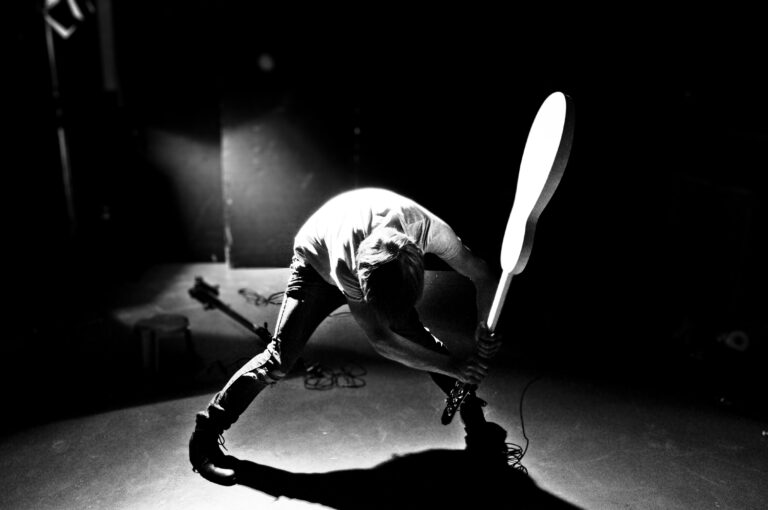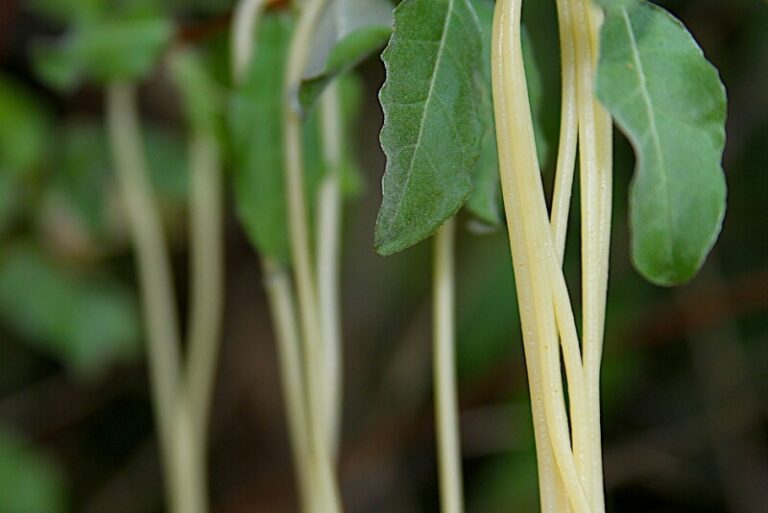In a northern wine region like Champagne, the vintage varies in quality more than they do in a warmer climate. By mixing different vintages to thereby balance the wine, the problem is overcome. The year when the grapes ripen to perfection is when the vintage champagnes are made. These wines will reflect both the producer’s style and the year the grapes were harvested.
Searching history for the best vintages? Here’s Champagne Clubs list of the best vintages during the ’90s.

THERE IS NO TEMPLATE for the perfect year. The vintage’s style is dependent on a series of complex factors such as temperature, sun, and rainfall that are all of great importance. What mainly matters is how these components are distributed over the year. The various vintages’ personalities belong to the wine taster’s greatest joys. Some are most fond of the powerful vintages, for example, 1947, 1959, 1976, 1989, 1990, and 1996, whereas others prefer vintages that gave more elegant and deli- cate champagnes, for example, 1955, 1966, 1969, 1971, 1979, 1985, 1988, 1995, and 2008.
No matter what year you prefer, having different vintages is what makes wine tasting even more fascinating. It is difficult to rate the overall quality of the vintage because some vintages are generous at a young age whereas oth- ers take forever to evolve. Remember that the vintage table that follows is very general. The vintages with the best score of wines are destined for a long life and have a high maximum. More of the vintages with low grades can be very good to drink now because they are already at the top.
1990
★★★★★
The detractors should have kept silent! For a period of time it was popular to condemn the 1990s as oxidized. But the vast majority are now in a youthful steady phase towards great- ness. Champagne from 1990 was, for a long time, much more severe than in the 1989, but
richer than the 1988. Perchance the 1988 is more classic, but the 1990 is something unique. I am too young to have experienced the 1928s in its younger days, but I can imagine they
had the same compact, impressive structure, and tight but great fragrance. The wines are so extract-rich that they are chewable. At the age of ten, many 1990s matured and got a honey tone backed by saffron, which can be a great hook at a blind tasting. It will be extremely interesting to follow the famous trilogy on
their journey through time. The only, and not entirely unexpected 99-pointers, were Bol- linger Vieilles Vignes Françaises, and Krug Clos du Mesnil.
Subscribe for 5.9€ a month for full access to the Tasting Library, exclusive articles, videos events and more




